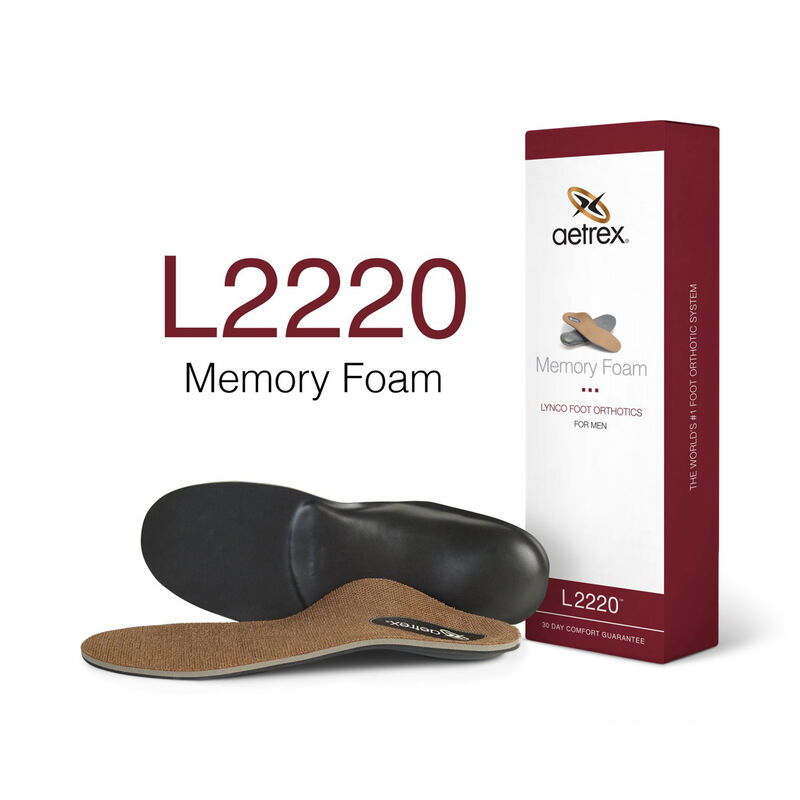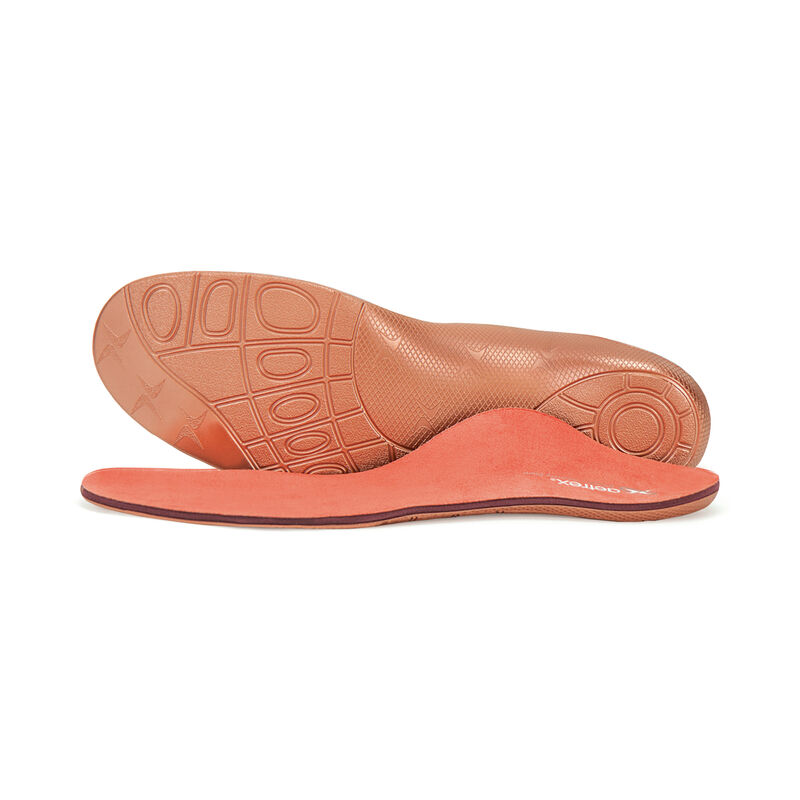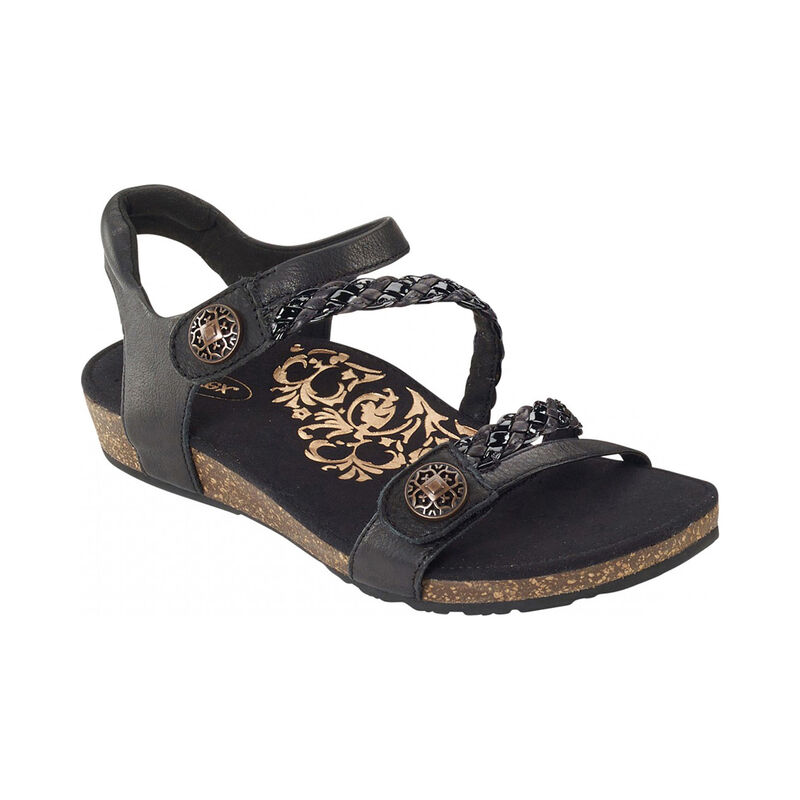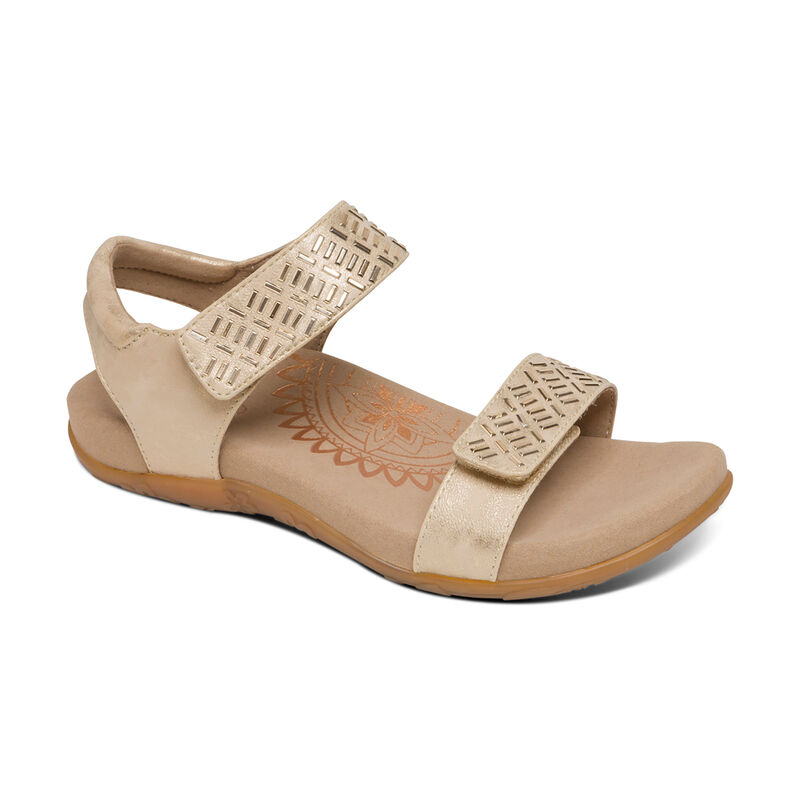Osteoarthritis is also known as "post-traumatic Arthritis" and is a non-inflammatory condition caused by abnormal wear and tear which thins the cartilage within the joints. The lack of cartilage causes the bones to grate against one another, resulting in pain, discomfort, and mobility, affecting its stability and alignment.
Along with Rheumatoid Arthritis and Gout Arthritis, Osteoarthritis is one of the most common forms of arthritis that affects the joints in the foot and ankle.
- 17% of adults over the age of 60 have pain in their feet from Osteoarthritis
- 7.8% of total foot Osteoarthritis is found in the first metatarsal joint (in the ball of the foot) that connects your big toe
CAUSES OF OSTEOARTHRITIS
The risk of getting Osteoarthritis increases with age and is caused by abnormal wear and tear such as:
- Fractures
- Traumatic injuries
- Severe sprains
SYMPTOMS OF OSTEOARTHRITIS
Osteoarthritis can cause pain, tenderness, and stiffness in the joints of the feet and ankles. The pain and swelling worsen while standing or walking, and stiffness usually occurs after periods of rest. People with osteoarthritis can also experience the following:
- Stiffness in the joints of feet and ankles
- Decreased range of motion
- Tenderness
- Heel Spurs
- Pain
- Swelling
- Warmth
First metatarsal Osteoarthritis is also associated with the development of Gout of the big toe joint, causing it to become red and swollen.
TIPS TO HELP RELIEVE OSTEOARTHRITIS PAIN
Here are a few tips to help ease the pain and stiffness in your feet and ankles:
- Choose orthotics that support your feet
- Chose comfortable footwear
- Wear compression socks to help reduce swelling
- Maintain a healthy weight to avoid additional stress on joints
- Exercises and stretches
- Applying ice or heat
5 EXERCISES TO HELP RELIEVE ARTHRITIS PAIN
Exercises can help increase strength and flexibility for people with arthritis pain in the feet and ankles. Here are a few simples exercises you can do at home. Make sure you maintain proper posture by sitting up straight in a chair.
1. Toe Splay
Sit up straight on a chair and place your feet flat on the ground. Spread your toes away from each other and hold the stretch for 5-7 seconds and release. Repeat 5-6 times.
2. Big Toe Stretch
Sit up straight on a chair and cross one leg over the other. Make sure your other foot is flat on the ground. Hold your big toe with your fingers and gently move it toward you and away from the other toes. Hold this stretch for 15 seconds and move it in the opposite direction for 15 seconds. You can repeat this 3-4 times on each foot.
3. Ankle Circles
Sit up straight on a chair and lift your foot to draw circles using the big toe. Draw circles using your big toe clockwise and anticlockwise.
4. Marble Pick Up
Place marbles and a cup on the floor. Use your toes to pick up one marble and slowly place it in the cup. Repeat it 7-8 times on each foot.
5. Ball Roll
Sit on a chair and place a tennis ball on the floor near your feet. Move your foot on top of the tennis ball and roll it around the ball. Use the ball to massage the bottom of your foot for 3-5 minutes. You can increase or decrease the pressure on the tennis ball as needed.
ORTHOTICS FOR ARTHRITIS
Orthotics can help relieve pain and reduce symptoms of mid-foot Arthritis and Rheumatoid Arthritis.
A study found that patients with mid-foot Arthritis who used orthotics for four weeks felt pressure on the mid-foot relieved by 20%. Patients also reported that their overall foot function improved by an average of 12%.
A study shows that patients with Rheumatoid Arthritis who used orthotics for three months felt their pain reduced, their step and stride length increased, and their energy expenditure decreased. Additionally, orthotics with increased cushioning have been found to significantly reduce foot pain for patients with Rheumatoid Arthritis and Metatarsalgia when used over a one-month period.
HOW TO CHOOSE THE BEST ORTHOTICS FOR ARTHRITIS PAIN
Aetrex Memory Foam Orthotics with superior cushioning can help relieve foot pain caused by arthritis.
Aetrex Orthotic Features:
- Signature arch support helps align the body correctly to prevent stress on the knees, back, hip and foot
- A thick premium memory foam layer helps provide superior cushioning & comfort
- Helps redistribute pressure on areas that are prone to pain
- Helps absorb shock to protect the foot and prevent injuries
- Helps provide stability & support to keep the feet in place
BEST ORTHOTICS FOR ARTHRITIS PAIN
HOW TO CHOOSE THE BEST SHOES FOR OSTEOARTHRITIS PAIN
Unsupportive shoes can worsen pain in the foot and ankle. Since first metatarsal Osteoarthritis is commonly associated with the development of Gout of the big toe joint, shoes with metatarsal support are important. There are two important features a shoe needs to help alleviate arthritis pain: memory foam cushioning and wide width. Along with superior arch support, Aetrex Shoes have supportive features built-in.
Aetrex Shoe Features:
- Aetrex signature arch support
- Wide widths for extra comfort
- Met bar pod to help relieve ball of foot discomfort or stress
- Memory foam to evenly distribute weight and provide ultimate comfort
- Shoe laces and straps for full adjustability
- Padded heel to reduce discomfort and blisters
- Stretchy materials for additional comfort and more room inside the shoe when needed
BEST SHOES FOR ARTHRITIS PAIN






Share:
Gout Arthritis: Causes, Symptoms, Orthotics & Shoes
Rheumatoid Arthritis: Causes, Symptoms, Orthotics & Shoes